Fun Facts About Australia that Aren’t Just Snakes and Spiders
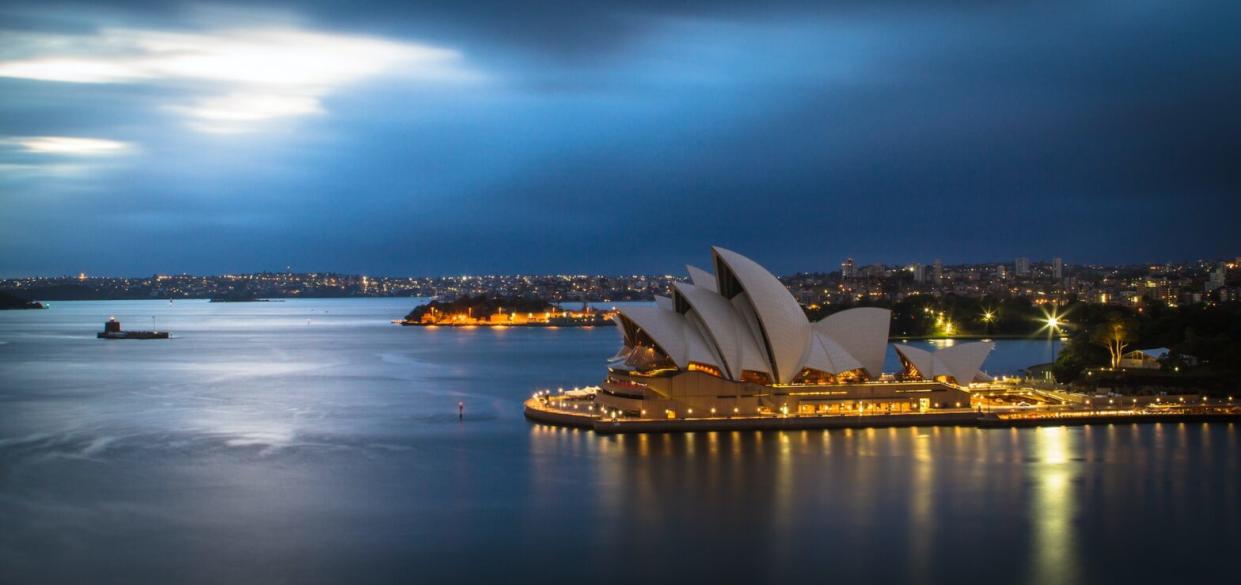
Australia is a continent renowned for its awe-inspiring landscapes and unique, sometimes infamous, wildlife. It is home to an array of remarkable natural wonders and warm, diverse citizens. With so many interesting marvels to witness and learn about, it can feel like its own world entirely (or maybe that’s because its positioning on the earth makes its time zone almost an entire day ahead of the United States.) Here is your chance to learn even more about the land down under with these 10 fun facts about Australia.
What many people already know about Australia is that they would surely want to avoid its seemingly endless amount of scary, endemic creatures. However, if Australia’s high life expectancy and quality of life proves anything, you are likely safe from the wildlife there. Katie Tobias for Base reported that Australia is ranked second on the Human Development Index. This means it scores high in aspects like health, knowledge and standard of living for its citizens. This fact and the 10 others listed below may make the hundreds of spiders in Australia worth living amongst.
1. Australia Is the Smallest Continent, Yet the Sixth Largest Country in the World
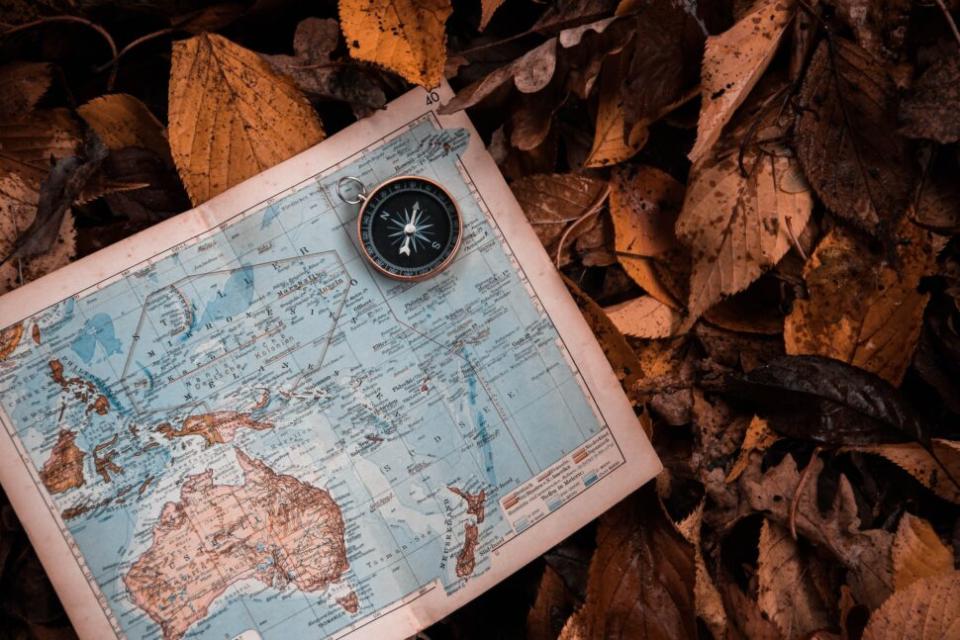
Australia’s geographical marvels extend beyond its captivating wildlife to encompass its unique continental identity. Despite being recognized as the smallest continent on Earth, Australia stands proud as the sixth largest country by land area. This fact about Australia baffles many, as the continent-country distinction makes it seem so small. However, Its vastness spans over 7.6 million square kilometers, encompassing a myriad of landscapes ranging from arid deserts to lush rainforests. This fact about Australia is, again, surprising but it makes sense when you take into account all the unique and often terrifying animal species that live there.
2. Australia Has Beaches Beyond Count
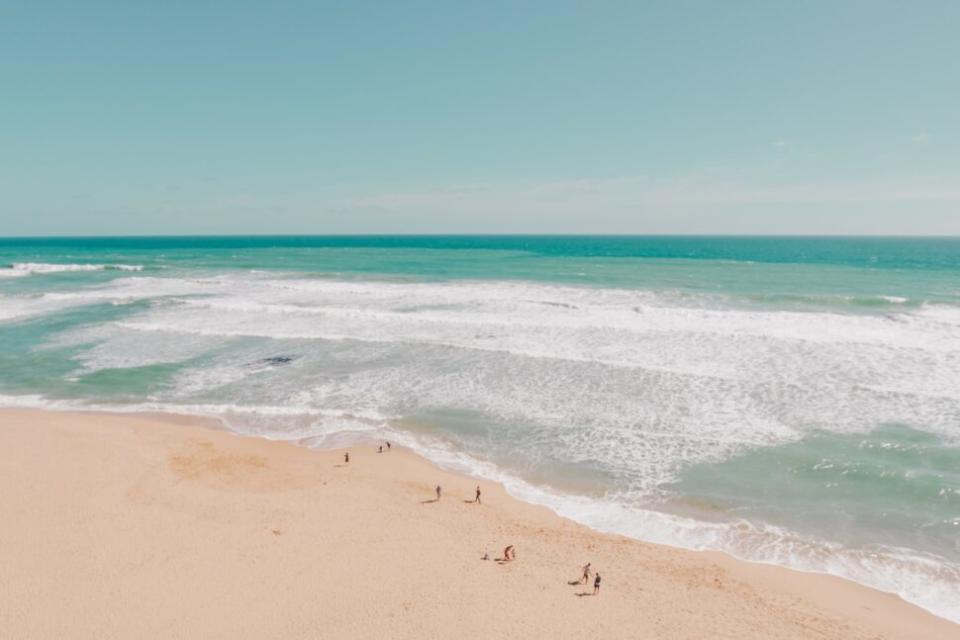
Australia’s stunning coastline is adorned with an astonishing feature: over 10,000 beaches. From the iconic Bondi Beach in Sydney to the remote and untouched shores of Western Australia’s Coral Bay, these beaches cater to every inclination, be it surfing, sunbathing or exploring the vibrant marine life beneath the crystal-clear waters. This coastal abundance is a testament to Australia’s maritime beauty and offers a glimpse into the sheer vastness and diversity of its shoreline.
3. Most People in Australia Live Along the Coastline
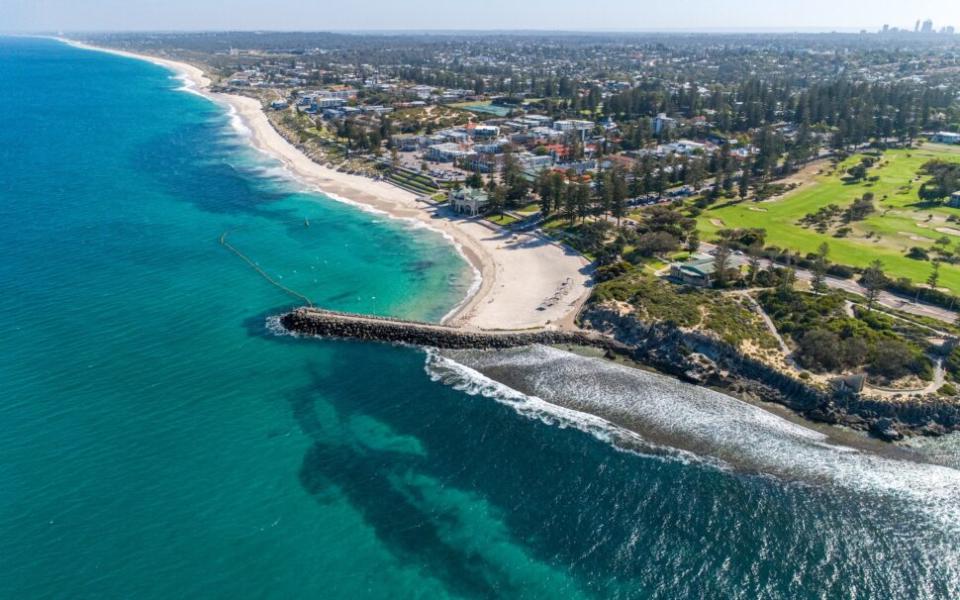
Speaking of beaches, this next fact about Australia defines the lifestyle of its inhabitants – a staggering 90% of Australians call the coastal regions their home. This unique trend showcases a profound enjoyment of the coastal areas, where vibrant cities, towns and communities thrive amongst sun-kissed beaches and stunning ocean vistas. The allure of the coast accurately represents Australian culture. It offers not only breathtaking views but also access to a plethora of aquatic activities and a temperate climate. This concentration of population along the coast highlights the significance of Australia’s coastline in shaping the nation’s identity and way of life.
4. Australia’s Has the Record Largest Rock Formation

Tucked away deep within Australia lies an awe-inspiring natural wonder – the world’s largest rock, Uluru. Uluru, also known as Ayers Rock, rises majestically from the red earth of the Northern Territory and stands as an iconic symbol of Australia’s geology. It towers approximately 348 meters above the surrounding landscape and spans an area of about 3.3 kilometers. This sandstone formation holds profound cultural and spiritual significance for the Indigenous Australian communities. The shifting colors of Uluru at sunrise and sunset also make it a mesmerizing site for travelers.
5. Australia Has Pink-Hued Lakes
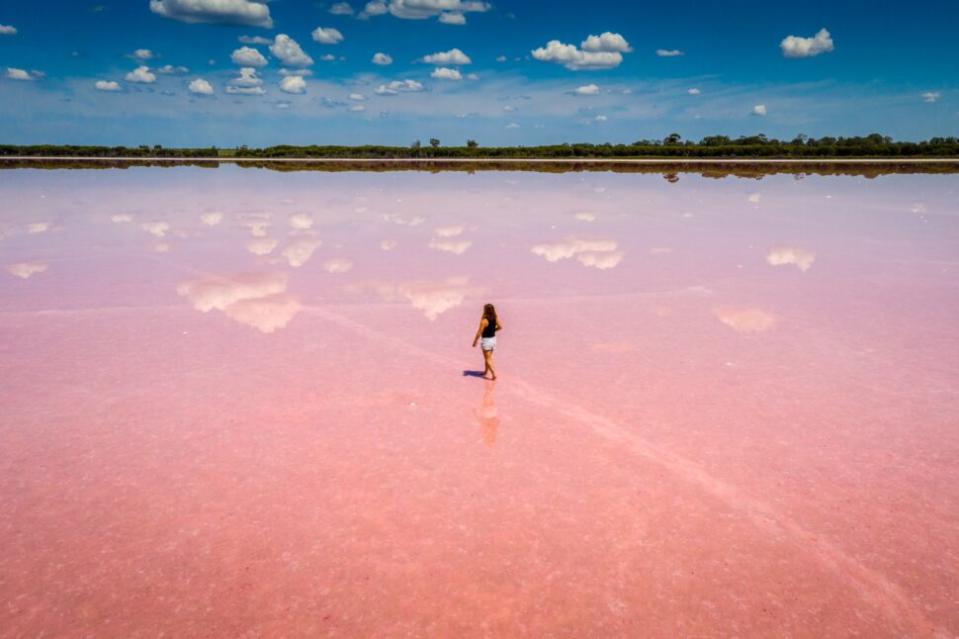
Amidst Australia’s diverse array of natural wonders is the existence of pink-colored lakes. Notably, Lake Hillier stands out as a stunning spectacle, exhibiting a vibrant pink hue that defies conventional expectations of typical lakes. The lake’s rosy color is attributed to the presence of a microorganism called Dunaliella salina and pink-hued bacteria. This helps to create an otherworldly sight against the backdrop of the surrounding greenery.
6. It’s Home to The Great Barrier Reef
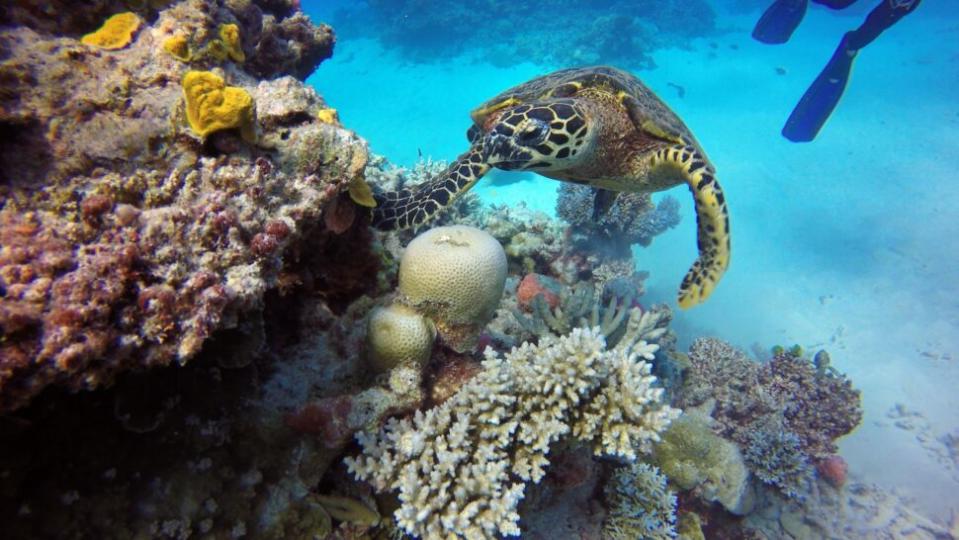
Nestled along the northeastern coast of Australia lies a natural wonder of unparalleled beauty – the Great Barrier Reef. This breathtaking marine ecosystem stretches over 2,300 kilometers, making it the largest coral reef system on the planet. Its vibrant underwater world, adorned with an astounding diversity of marine life, including corals, fish, sharks and rays, captivates visitors from around the globe. The Great Barrier Reef’s ecological significance cannot be overstated. Its intricate coral formations not only provide a habitat for a myriad of species but also play a vital role in maintaining the balance of the ocean’s ecosystem. However, this treasured landmark faces challenges due to climate change and human impact. This underscores the importance of conservation efforts to preserve this natural wonder for future generations.
7. There Are Over 60 Species of Kangaroos in Australia
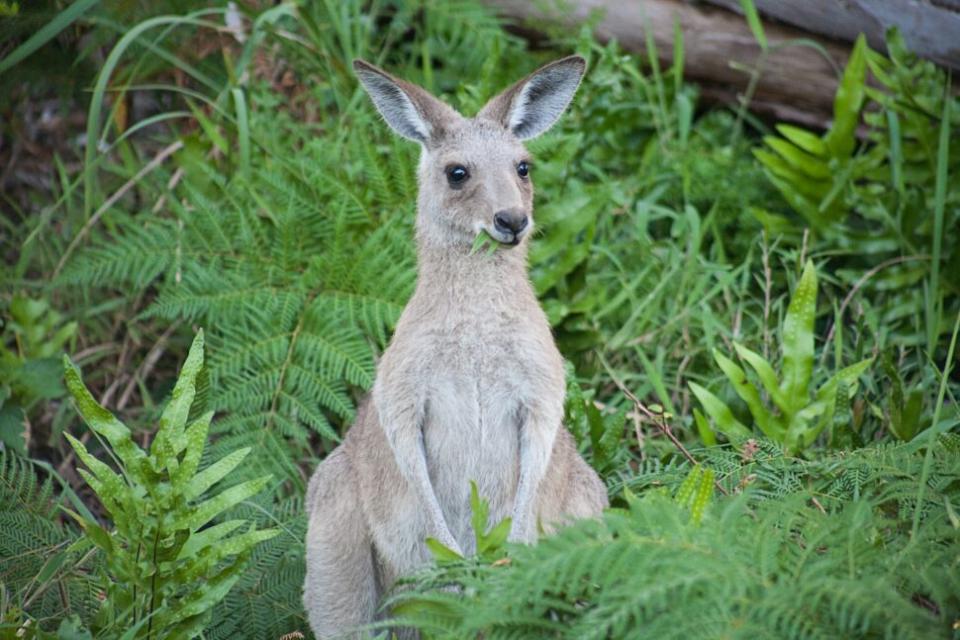
Australia’s iconic symbol, the kangaroo, represents not just a single species but a diverse array of these marsupials. Surprisingly, over 60 different species of kangaroos inhabit various regions across the continent, each adapted to its unique environment. From the widely recognized red kangaroo to the smaller tree-dwelling species like the tree kangaroo, this diverse family showcases the adaptability and resilience of Australia’s wildlife. These marsupials play a crucial role in Australia’s ecosystems, contributing to seed dispersal and maintaining vegetation health.
8. Australia Has the Highest Number of Camels in the World

Speaking of kangaroos, this fact about Australia may call for a reconsideration of the country’s mascot. In a land often associated with kangaroos and koalas, an unexpected inhabitant thrives – camels. Australia boasts the largest population of these desert-dwelling creatures globally. Camels have flourished in the vast, sparsely populated regions of the country, introduced in the 19th century for transportation and labor in the arid Outback. Today, Australia’s camel population is in the hundreds of thousands. While considered an invasive species, camels have adapted to the harsh Australian desert environment. They now contribute to the country’s diverse wildlife uniquely and unexpectedly.
9. The Australian Alps Get More Snow Than the Swiss Alps

Contrary to popular perception, Australia is home to its own snow-capped peaks in the Australian Alps. In fact, its snowfall exceeds that of the renowned Swiss Alps. These mountain ranges, located in the southeastern part of the country, receive substantial snowfall during the winter months. The Australian Alps, encompassing peaks like Mount Kosciuszko, provide a playground for winter sports enthusiasts and serve as a habitat for unique alpine plants and animals. This intriguing fact challenges stereotypes about Australia’s climate, showcasing the country’s diverse range of landscapes and climatic variations.
10. Australia Is Home to the Majority of the Most Venomous Snakes
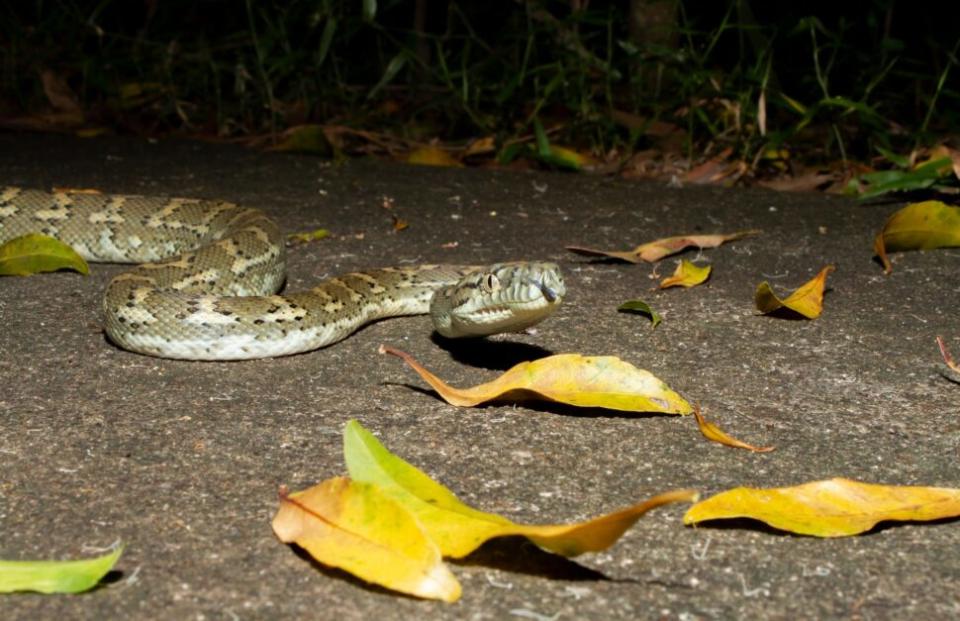
Nestled within Australia’s vast terrain resides a reputation that strikes both awe and caution – it is home to a significant portion of the world’s most venomous snakes. Approximately 20 of the 25 most venomous snakes known to humanity call this continent home. From the lethal Inland Taipan, carrying enough venom to kill multiple humans in one bite, to the coastal and fierce Eastern Brown Snake, Australia’s landscape harbors an array of serpents that are not to be played around with. But despite their fearsome reputation, these snakes play a crucial role in maintaining the ecosystem and highlight the intricate interdependence of species within the Australian habitat.

